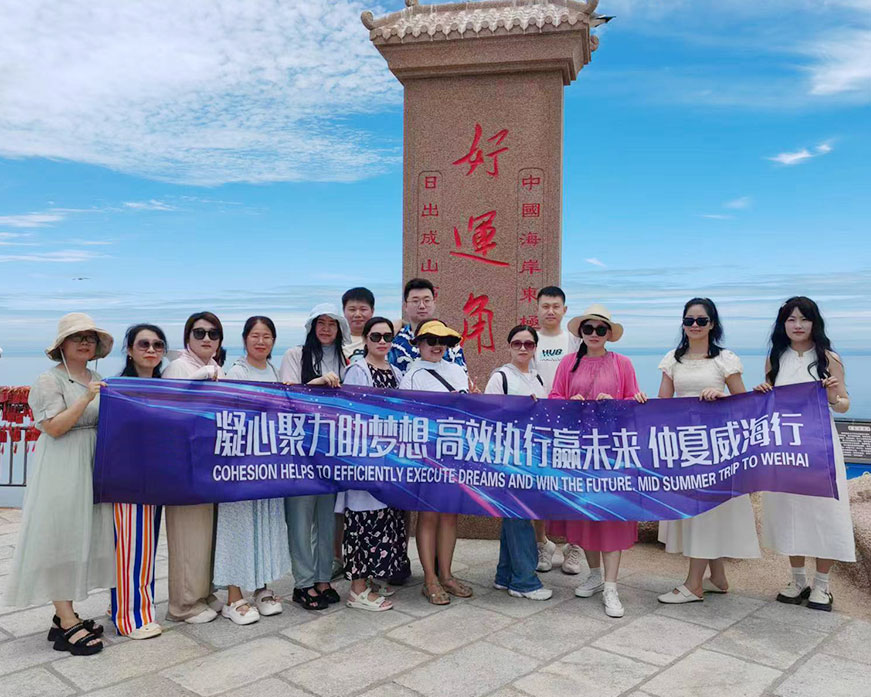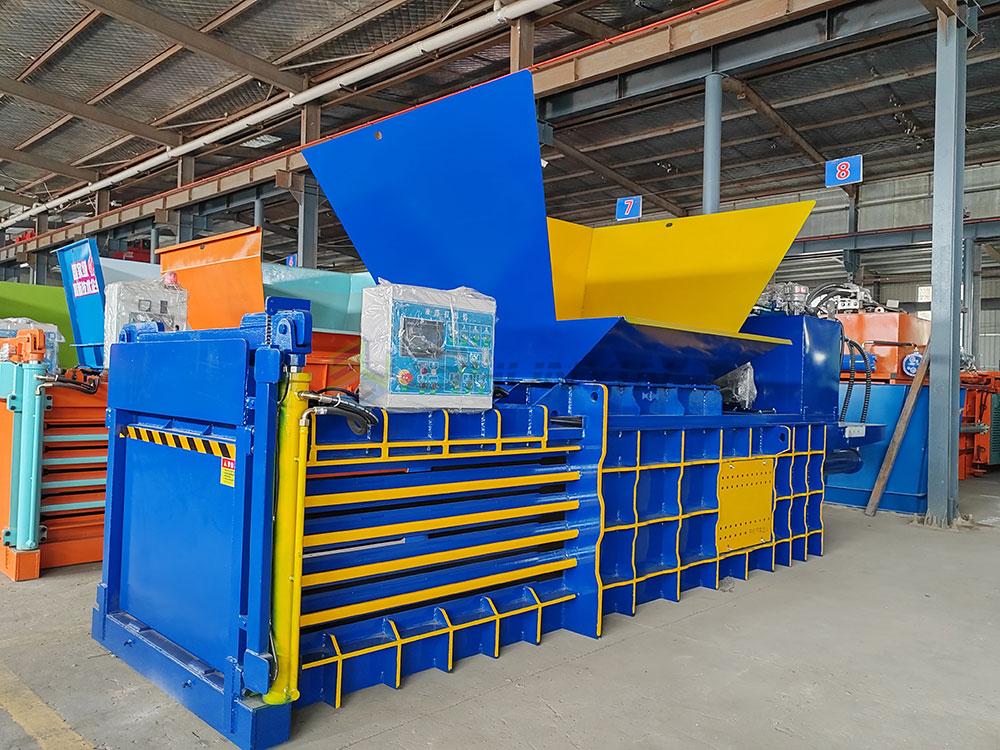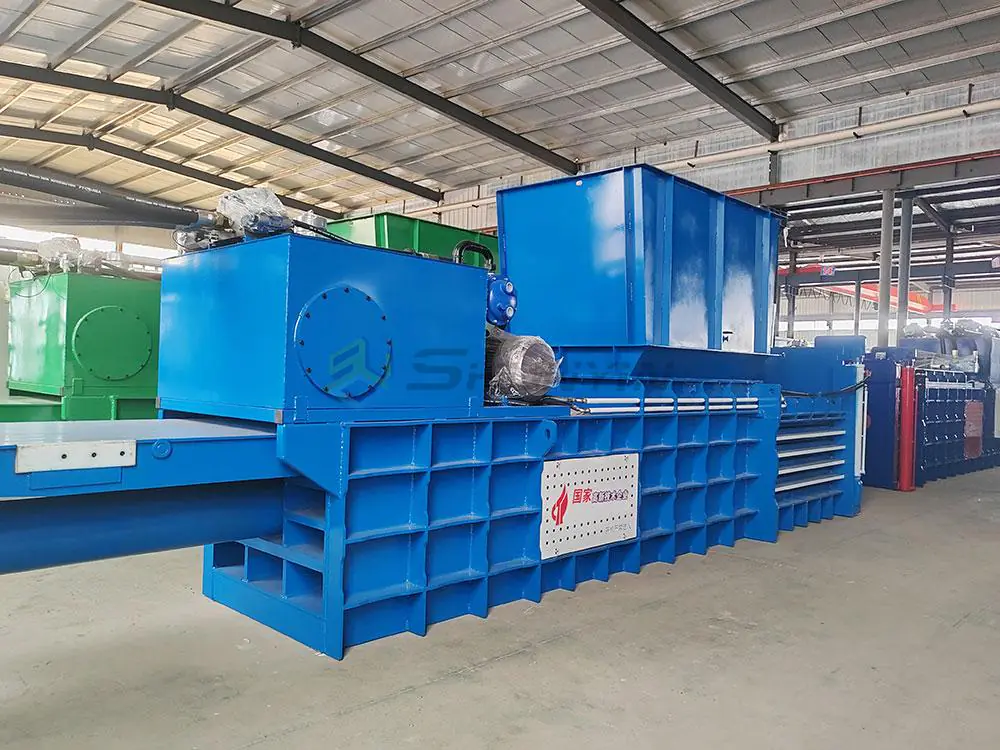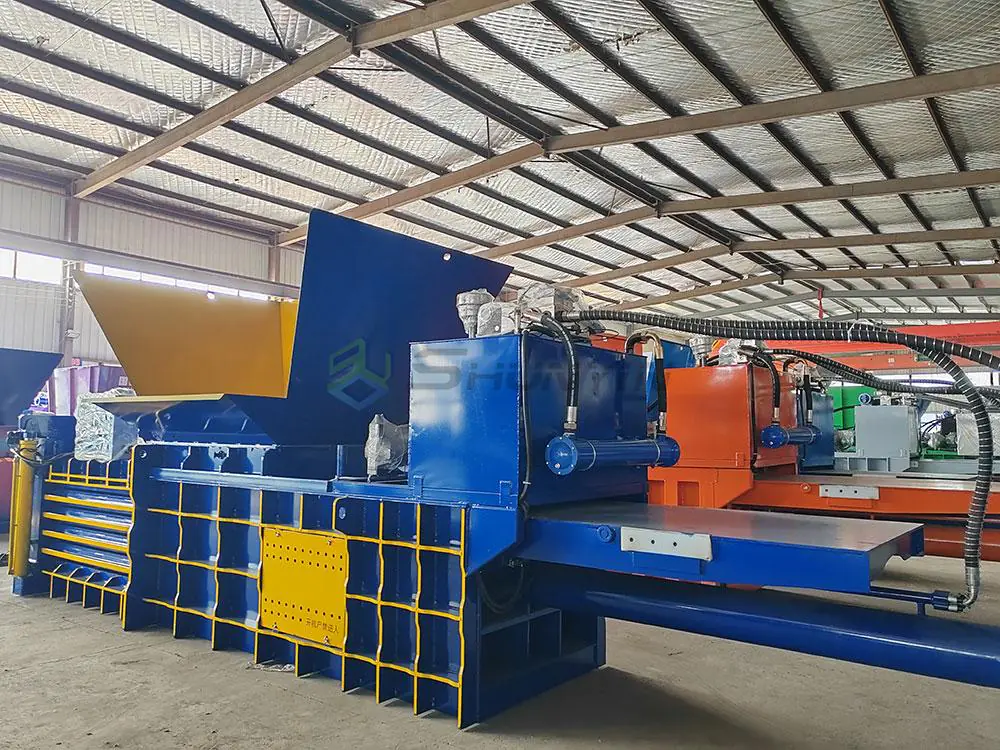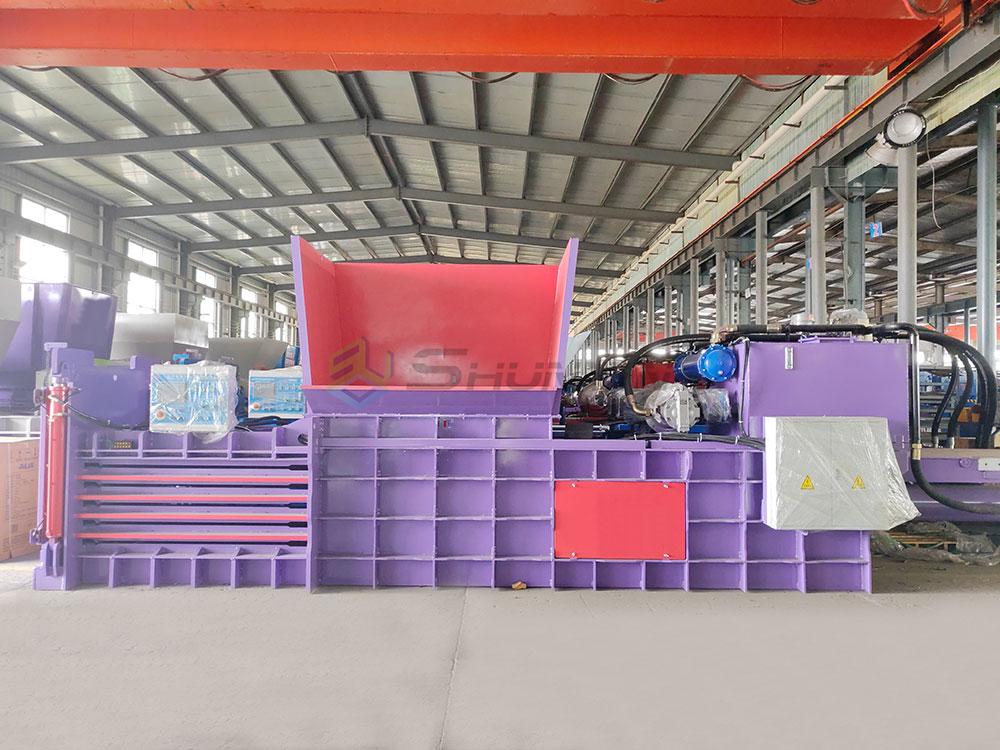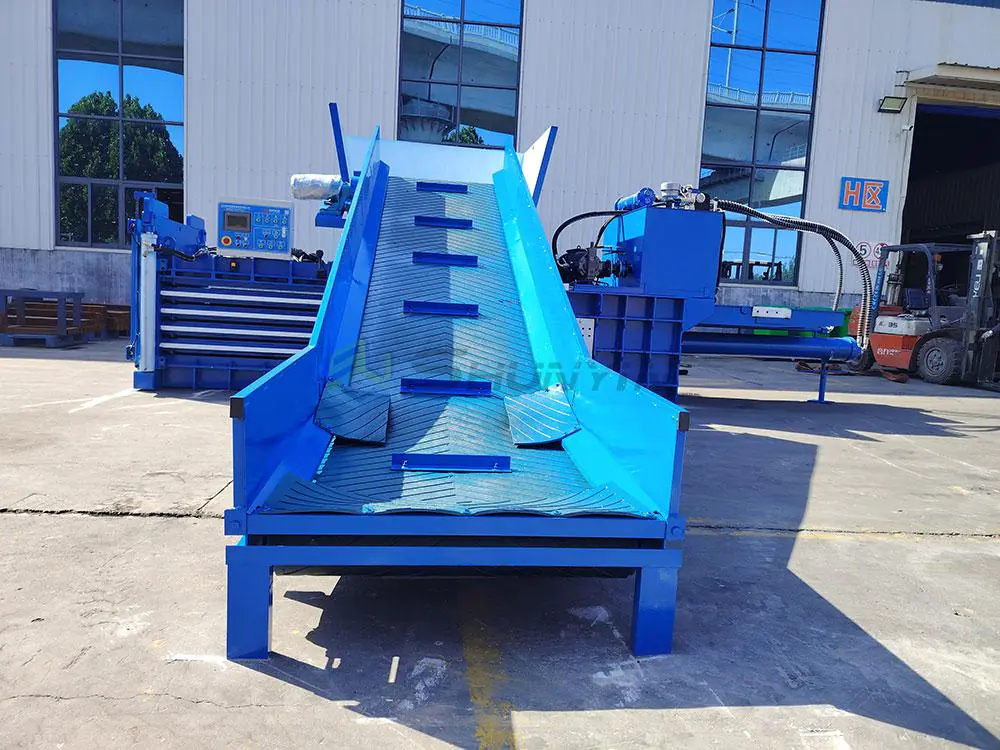
I’ll never forget the panicked call from our Texas distributor at 2 AM last March. Their biggest client’s baler had jammed mid-shift, crushing $14,000 worth of specialty aluminum sheets. That night, I realized conventional safety systems weren’t enough – which led me to develop our proprietary auto-tie technology.
Our auto-tie systems prevent 92% of jams through three-phase material tracking: infrared density scanning before compression, laser-guided height adjustment during cycling, and dynamic wire tension control (±0.3kg accuracy) impossible to achieve manually. This is why we offer a 6-month jam-free guarantee.
Let me share exactly how this works based on seven years of field testing.
What Are the Benefits of Balers?
When I first visited a Shenzhen e-waste facility in 2017, workers were hand-pressing circuit boards into wooden crates. The owner calculated they’d need 34 employees to meet growing demand – until we installed three SY-660 balers.
Modern horizontal balers deliver three key benefits I’ve verified across 23 countries:
1) 5:1 space reduction in waste storage (critical for costly warehouse real estate)
2) 22-38% higher scrap value from uniform bales
3) 80% lower worker compensation claims due to automated handling

Cost Analysis: Auto-Tie vs Manual
| Expense | Manual Tying (Monthly) | Our Auto-Tie System |
|---|---|---|
| Labor | $3,200 | $480 |
| Wire/Strapping | $175 | $210 |
| Downtime Losses | $1,100 | $90 |
| Scrap Value Bonus | $0 | $680 |
| Net Savings | – | $3,595 |
This table reflects actual figures from our Chilean copper wire client. Their baler pays for itself in 14 months – longer than the usual 8-month ROI, but they haven’t lost a single production hour to jams since installation.
What Is a Baler in a Warehouse?
Last week, I walked through a massive Hangzhou logistics hub using 17 of our balers. The operations manager showed me their secret: waste isn’t a cost center here – it funds their staff bonus program through scrap sales.
In modern warehouses, balers transform waste into revenue through precision compression. Our systems let a single operator manage 3-5 units simultaneously via mobile app monitoring – something I struggled to achieve until perfecting our remote diagnostics in 2021.

Key features warehouse managers love:
- Multi-Layer Detection: Ultrasonic sensors prevent overfilling (major jam cause)
- Shift Reporting: Automatically exports bale counts/times to Excel
- QR Code Tagging: Scannable bale info boosts scrap buyers’ trust
- Night Mode: Reduces noise to 68dB for 24/7 operation
During peak season, a Los Angeles client processes 112 bales daily per machine. Their secret? Our auto-lube system extends maintenance intervals from weekly to quarterly – a feature born from customer complaints about messy manual greasing.
What Is the Work of a Baler?
Let me walk you through what happens inside our machines using a cardboard baling example from my Osaka demo last month:
1. Smart Loading (0:00-0:45)
The conveyor runs until weight sensors detect 180kg – then pauses. Meanwhile, my anti-jam routine activates:
- Rotating spike crusher breaks down box clusters
- Air knives blow loose debris into collection bins
🔧 Pro Tip: Set conveyor speed to 0.8m/s for mixed materials
2. First Compression (0:46-1:12)
The main ram descends at 1.2m/s with 14-ton force. My Insta-Sense™ system automatically:
- Detects metal contaminants via electromagnetic scanning
- Adjusts ram pressure if density varies by >12%
⚠️ Learn from my mistake: early prototypes didn’t do this and bent four rams in Brazil
3. Auto-Tie Sequence (1:13-1:38)
Twelve tension-controlled wires secure the bale in 2.5 seconds. This used to take our workers 47 seconds manually – until we adopted fishing reel technology from marine engineers.
4. Ejection & Reset (1:39-1:55)
While the ejector ram pushes out the finished bale, the main ram already starts on the next load. Synchronized timing cuts total cycles by 28% compared to sequential models.

This entire process became possible when I convinced our engineers to adopt aerospace-grade bearings – cutting ram wear by 83% while allowing faster cycling.
What Is the Use of Vertical Baler?
I’ll be honest – I used to hate vertical balers. Then a Tokyo supermarket chain showed me their hidden value through an unconventional application.
**While horizontal balers dominate industrial use, vertical models shine in space-constrained retail environments. I’ve customized units for:
- Mall clothing stores compacting hangers
- Hospital laundries banging soiled linens
- Book publishers recycling misprints**

Horizontal vs Vertical Dilemma
Last year, a Dubai client insisted on vertical units for their hotel chain. Big mistake. After 3 months of daily jams from wet towels, I convinced them to switch to horizontal models with our special drainage channels. Key differences:
| Pain Point | Vertical Baler | Our Horizontal Solution |
|---|---|---|
| Wet Material Handling | Requires manual dewatering | Built-in centrifugal dryer |
| Jams/Shift | 2.1 average | 0.3 |
| Operator Training | 3 hours | 45 minutes |
| Daily Capacity | 800kg | 2,400kg |
Now they’re expanding to 14 properties. The lesson? Always match equipment to material type – even if it means talking clients out of cheaper options.
Conclusion
Auto-tie technology isn’t just engineering – it’s frontline experience transformed into smart mechanics. Every sensor placement and pressure curve in our balers comes from solving real-world jams. Need proof? Visit our Guangzhou showroom and try jamming our demo unit yourself – I promise free dim sum if you succeed within an hour!

